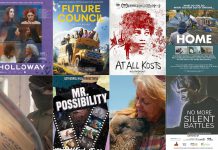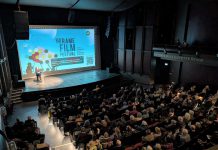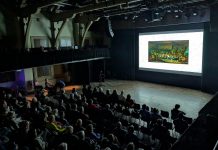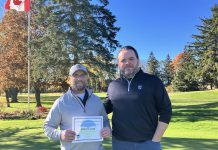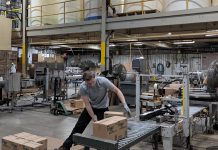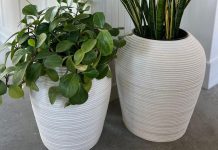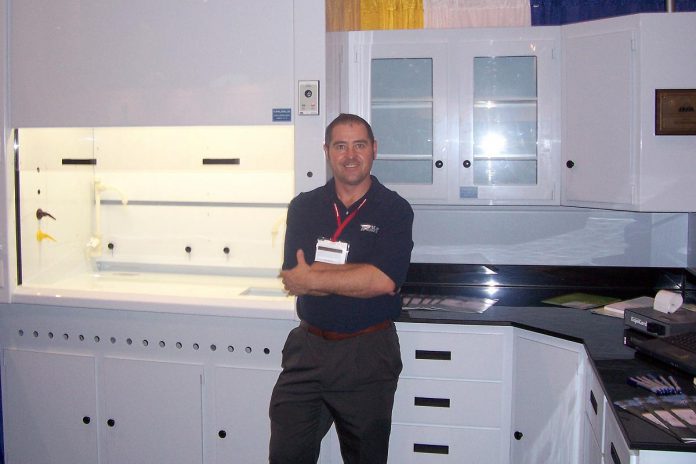
In 2024, waste management in Peterborough changed significantly. Most residents now have access to a municipal composting program which reduces our local methane emissions. And, in order to shift the cost and responsibility of recycling to the companies that produce trash, all Ontario recycling is now operated by a new organization called Circular Materials.
Since its founding in 1992, GreenUP has educated people about waste management as an important part of an environmentally healthy community. From teaching about waste sorting and composting, to offering a refillery in the GreenUP Store, that important role continues to shift with the times.
This column is the first in a two-part series authored by GreenUP executive director Tegan Moss who shares a complex personal perspective on one material that continues to create massive problems in our environment: plastic.
As I contemplate all I am grateful for this holiday season, I have come to realize I would be remiss not to appreciate the important role that plastic has played in my life.
It may surprise you to hear this from someone who works in environmental advocacy, but in many ways, I consider plastic to be beautiful. And in some ways, plastic has given me every opportunity I’ve ever had.
My father, Ric Moss, earned his livelihood as a plastic fabricator. Before the word “microplastic” ever made a headline, I remember my dad coming home covered in it. His work meant that fine fibres of plastic dust clung to his clothes, and long curls of shaved plastic nestled in his hair. We even joked about how it would collect in his belly button lint.
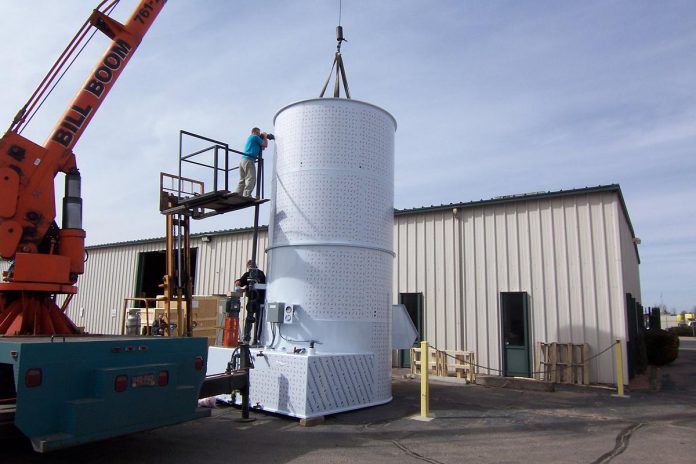
My father’s work reflected the incredible versatility of plastic. For companies like Motorola and Kodak, he built clean room equipment resistant to corrosion. He fabricated vessels for chemical processing capable of holding toxic gold cyanide solutions, and air and water scrubbers to process industrial waste. He even built water filters for the Denver Aquarium!
I recently interviewed my dad to learn more about his experience working with plastic — both the joys of working as a tradesperson, and his frustration with the industry as a whole.
“The custom fabrication side was really rewarding,” Dad said. “Being able to take flat sheets and turn them into vessels, pollution-control equipment, or laboratory hoods was like carpentry with plastic. It was incredibly satisfying to see the finished product installed and working, especially the pollution control stuff. That was fun to see in action.”
The durability and adaptability of plastic made it an invaluable material in these settings.
As Dad put it, “Plastic just lasts for such a long time and has incredible corrosive resistance. It’s superior to materials like iron or cast iron in so many applications.”
Enjoying the outdoors is also something I learned from my dad. As someone who loves camping, I rely on plastic to make my outdoor experiences not only more comfortable but possible. My camping gear is covered in plastic buckles and a blue plastic barrel is a necessity for any extended time in the back country. I can use these objects over and over again.
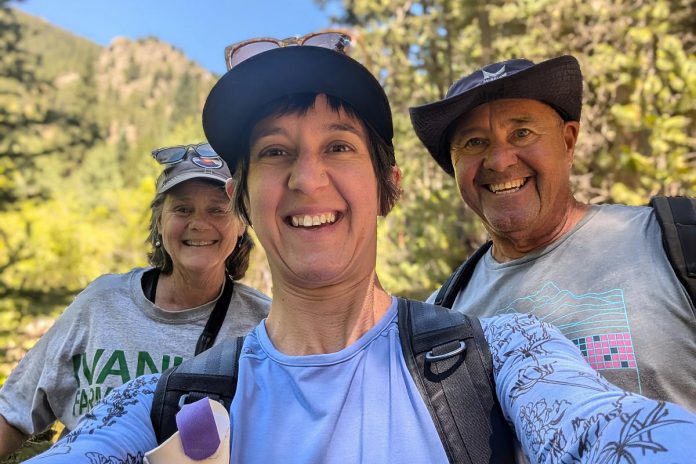
And then, there’s my hula hoop. I sometimes joke that a plastic circle has brought me more joy than any other single object, but as a master hula-hooper, it might be true. Since 2007, I’ve spent thousands of hours dancing with a plastic circle.
These joyous experiences, and the opportunities I have had growing up, are in some way made possible by plastic. How can I not love a material that brings me such gifts? It is such an incredibly versatile material!
During my time at GreenUP, my complex relationship with plastic has evolved. As I consider the gifts that plastic has given to my family, I recognize the terrifying weight of plastic accumulating in our environment. Now more than ever, I am compelled to educate and empower a cultural shift towards circularity: sustainable reuse of what already exists rather than the production of new goods.
The companies my dad worked for, and their suppliers, made no effort to recycle. Their waste included thousands of pounds of virgin materials. That waste pales in the scale of the global problem.
As Dad admitted, “Plastic pollution is horrifying because we don’t understand the repercussions. Microplastics are getting into everything. Our bodies, our water, our food — it’s everywhere.”
In November, the New York Times published an exposé “Inside the Plastic Industry’s Battle to Win Over Hearts and Minds” that highlighted costly social media campaigns where influencers are paid to build public confidence in plastics, and specifically PET (polyethylene terephthalate) plastic water bottles.
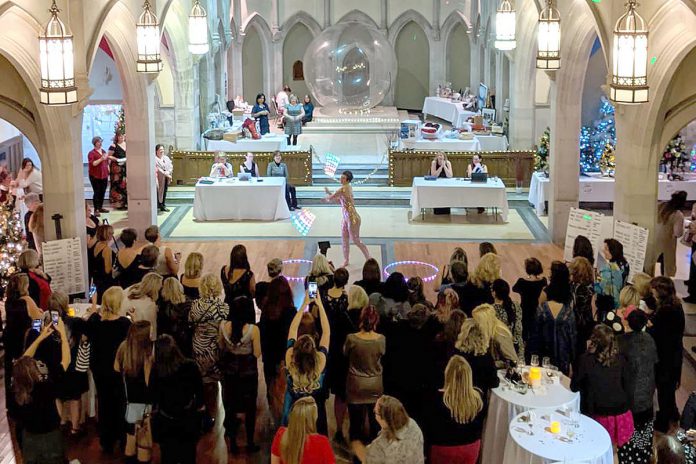
In writing today, I have the opposite outcome in mind. I hope to call greater attention to the importance of moving toward a circular economy and ditching single-use plastics completely.
As we enter the new year, I feel it’s a moment to reflect on gratitude, on contradictions, and on change. I hope you’ll join me next week as I delve deeper into the environmental challenges of plastic and how we can move forward with both respect and responsibility.
To learn more about GreenUP’s many environmental programs and initiatives, visit greenup.on.ca.









